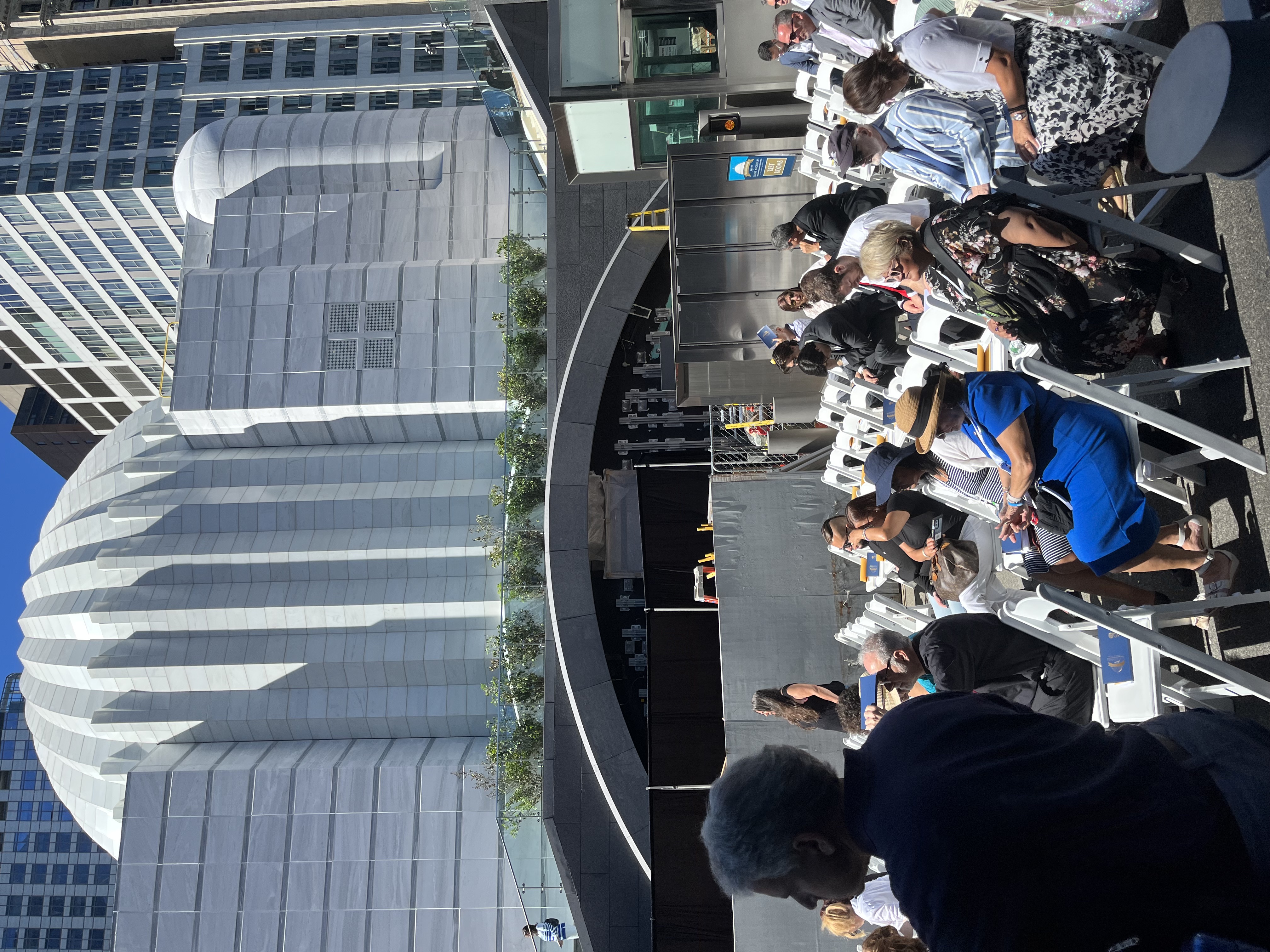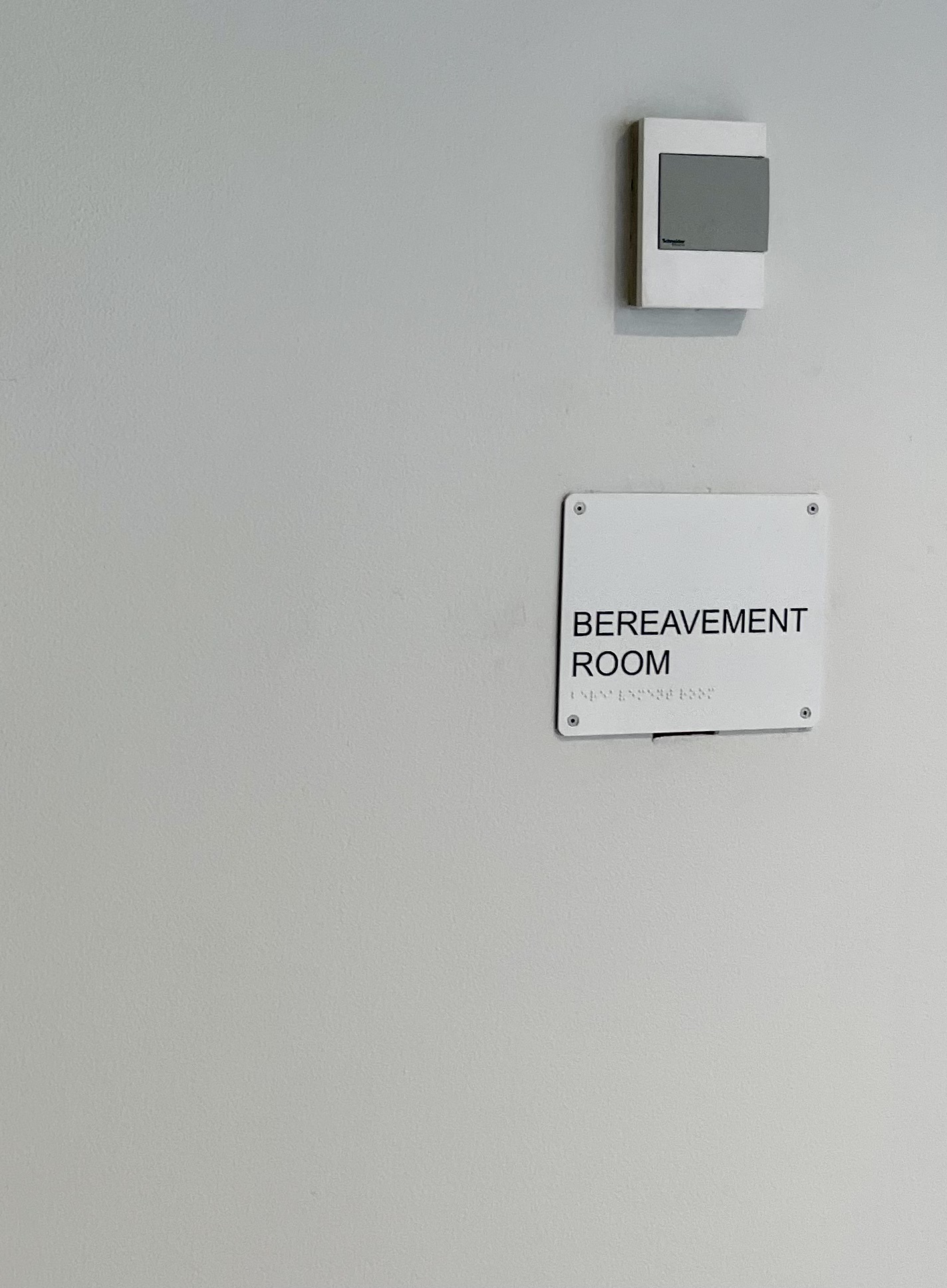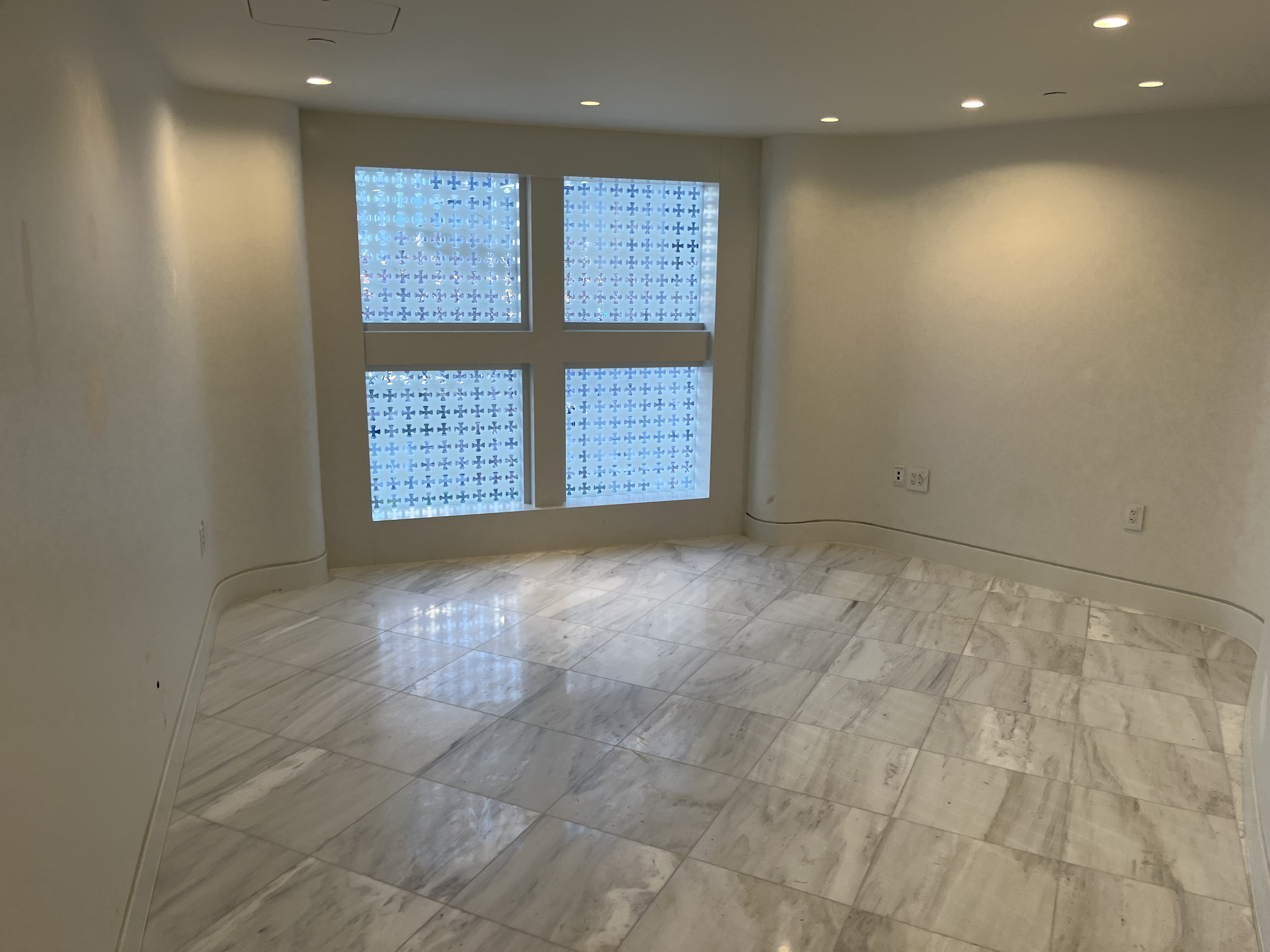The St. Nicholas Greek Orthodox Church, ERUV (Jewish community of Manhattan), and the St. Dumitru Romanian Orthodox Church
In January 2022, October 2022, December 2022, and May 2023, Mariachiara Giorda travelled to New York City and together with Ioan Cozma conducted research in Manhattan, particularly focusing on two case studies: the St. Nicholas Greek Orthodox Church, located at the Ground Zero, and the St. Dumitru Romanian Orthodox Church, located in the Upper West Side.

The first case study examined the history and dynamics generated by the rebuilding process of the St. Nicholas Greek Orthodox Church at Ground Zero in New York City, the only church destroyed during the collapse of the Twin Towers on September 11, 2001.
The events of September 11, 2001 are considered one of the most important in contemporary global history and the collective American memory. In New York City especially, these events have influenced public life and the way of living and organizing public spaces. The Twin Towers’ space is considered a sacred and controversial space and it has been, in the last twenty years, at the center of public and media debates, an object of urban policy choices, a place of memories, and a tourist destination. In this space, some places fill the absence caused by so many deaths, and they try to fill the collective trauma of Americans. Different places, not always welcomed, disputed, hyper-secular places, like the Oculus which is host to 12 subway lines and over a dozen shops, the World Trade Center PATH station and implicitly religious places, like the memorial pools of the victims and explicitly religious places, like the shrine, are what were addressed in this fieldwork research.

The aim was to understand how and with what strategies the reconstruction of an Orthodox Church was possible. The article demonstrates that one of the strategies used to get the reconstruction project agreed upon and eventually realized was the labeling of the new church as a “National Shrine” and the inclusion in the project of a multi-faith room for all religions. Although the church was consecrated on July 4, 2022, the destination of the multi-faith room is still shadowed because the Greek Orthodox Archbishop of New York has not yet decided on its final purpose.

The St. Dumitru Romanian Orthodox Church, since its foundation, has been conducting its religious and social activities in a secular building. This is an interesting case of “shared religious place” that inserts among secular places converted into religious places. Moreover, it is one of “shared religious places” in a synchronic way since, the religious and secular presence are combined, and activities in the same place are overlapped or intertwined, but also in terms of public and private spaces. This place of worship is quite invisible since the memory of the place is still supported by the preservation of the external facade of the building (i.e., a brownstone townhouse). However, other non-material traces, including sensory spheres such as sound (i.e., specific religious/Romanian Orthodox music) and smell (i.e., incense), as well as the presence of the lit candles beyond the main entrance (iron door) make this place recognizable as religious particularly on Sundays and religious feasts days. The perspective through which this place is analysed is that of the geo-history of religions and in particular the cultural geography research on the meaning of home.

